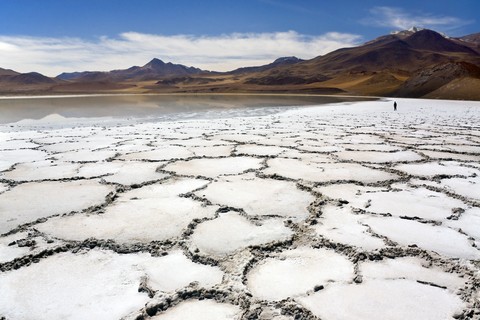Here is what these two scientists had to say in terms of their comparison theory:
Nearby these geysers in El Tatio, the researchers found similar cauliflower-like structures, which were created by microbial processes. It’s this finding that made Ruff and Farmer believe that the “cauliflowers” near the ancient Martian geyser could also have once been formed by microbes.
Lumpy structures formed by microbial life have also been found at the geothermal springs of Yellowstone National Park and New Zealand’s Taupo Volcanic Zone.
Unfortunately, the idea that these structures could suggest a past microbial life is still very much a “could” at the moment. As Ruff and Farmer conceded themselves, it’s hard to prove biology from 54.6 million kilometers (33.9 million miles) away. The scientists also encouraged more researchers to look into what these mysterious little lumps could be.
What do you think are they right?
And here is a picture of the Atacama Desert for reference:

thanks to iflscience.com for the great info
thanks to NASA for the pic

Coral reef.
Looks like your flying over Detroit
If there is life on mars,lets go look for it.